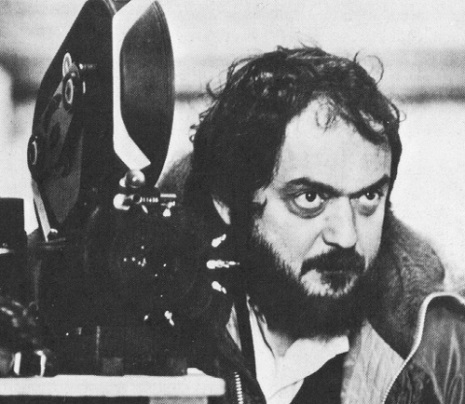
Stanley Kubrick’s career took a winding path to him becoming one of the great auteurs of cinema history. Before he became a filmmaker, his street photography for LOOK magazine (a job he got at 17 years of age) captured striking, insular moments—the kind that usually go unnoticed in public; his pictures of the NYC subway system are particularly engaging (very Edward Hopper). He made his way to film after discovering how much companies would pay for a short newsreels, and how much profit he could make by doing all the rentals and purchasing himself.
His first film was Day of the Fight, a 15-minute-long documentary about middleweight boxer Walter Cartier. Although he sold it to RKO-Pathé, he ended up $100 in the red, all said and done. Undeterred, he made a second short for RKO-Pathé, Flying Padre, a puff piece about a priest who used a plane to visit his parishioners—again, not a money-maker. His third film however, is the most obscure of his career, and the one that allowed him to raise the money for his first feature, Fear and Desire.
The Seafarers is a 30-minute, 1953 promotional film for the Seafarers International Union—a labor union amalgam representing mariners, fishermen and boatmen. The short is pure workerist propaganda (my favorite kind), and it’s very well made, for what it is. As per the genre, Kubrick films impressive ships, office bustle, cafeteria meals and even a union meeting, but looking closely, you can still see his fingerprints. In the canteen for example, you see an early incarnation of a Kubrick signature shot, as a slow dolly glides across the busy room of hungry men. Kubrick never mentioned The Seafarers in interviews, and it wasn’t even “rediscovered” until 1973 when a film scholar submitted it to the Library of Congress, but the short most certainly reveals the gestating eye of the great filmmaker.





